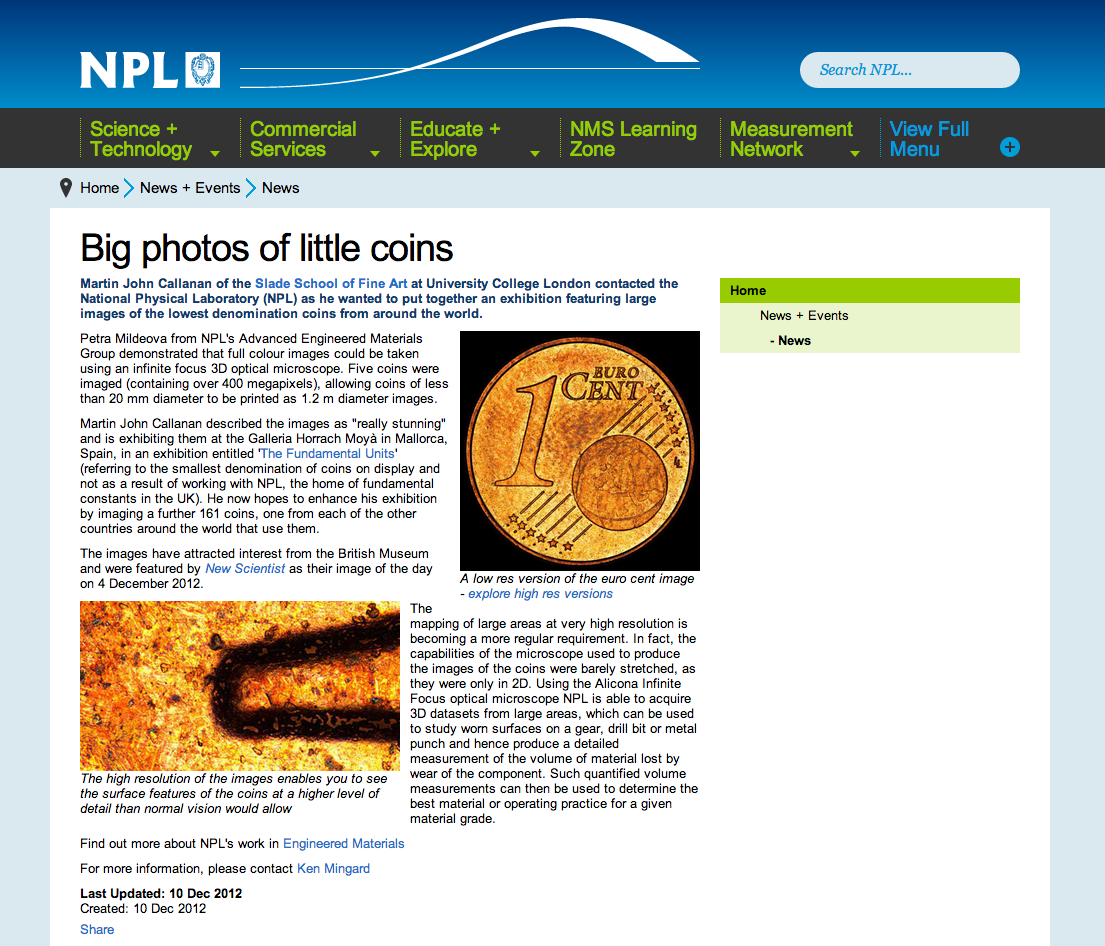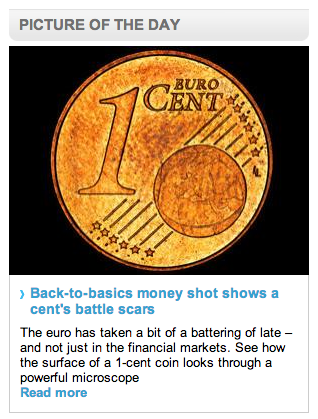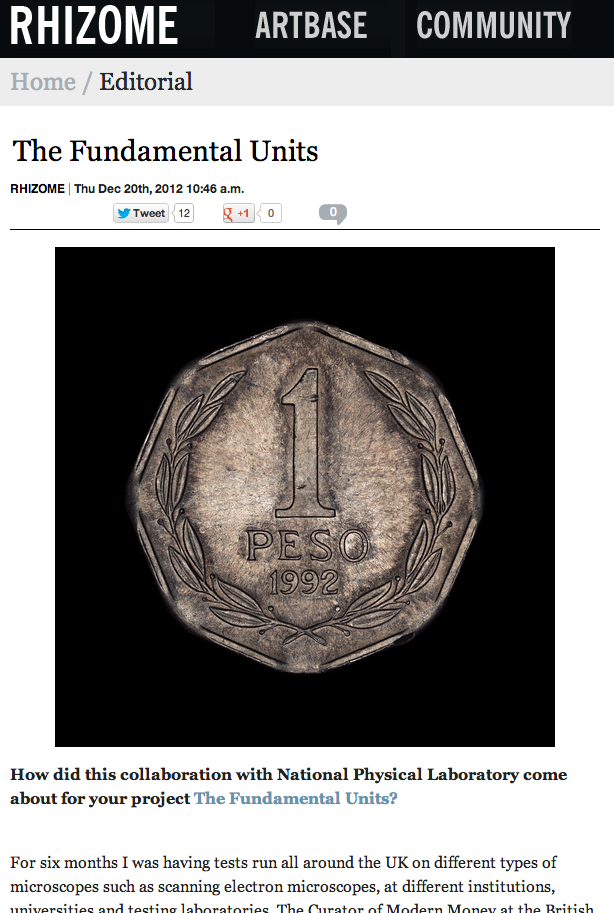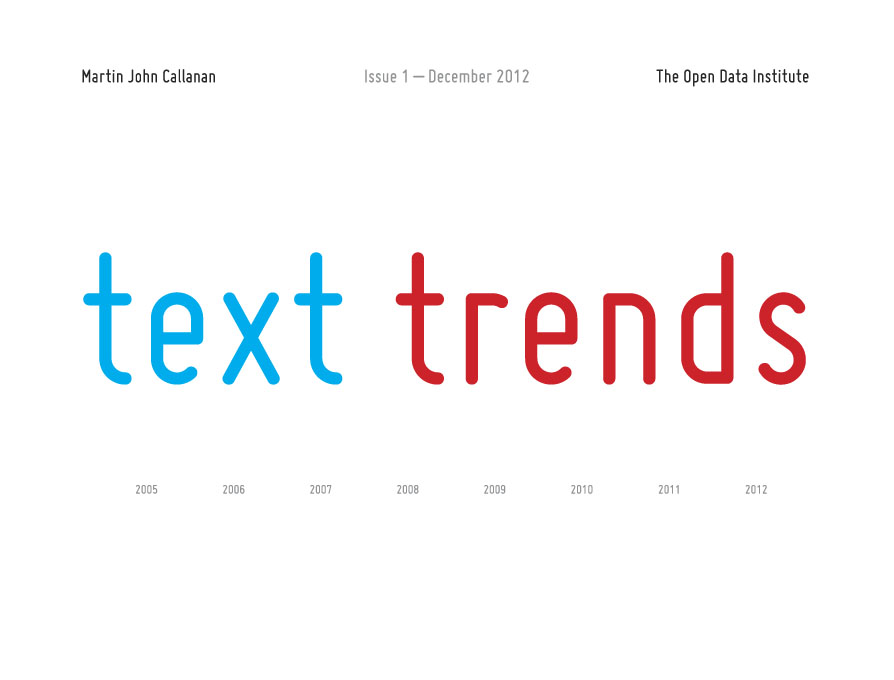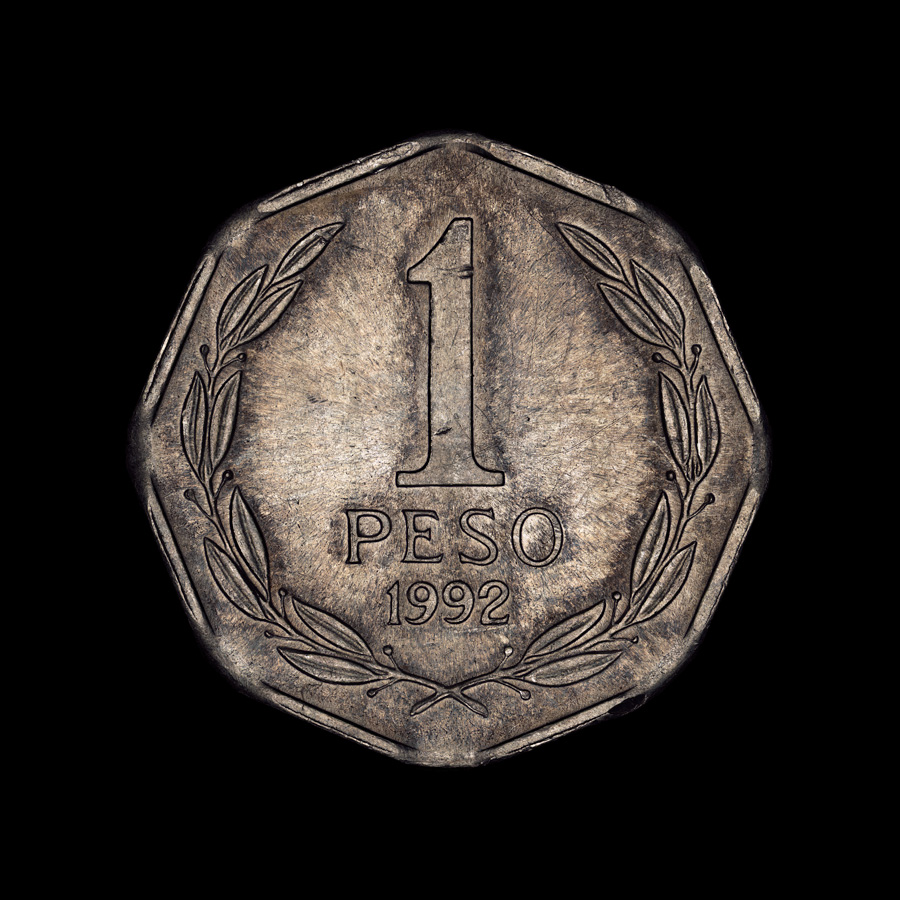









MARTIN JOHN CALLANAN: Martin John Callanan
Horrach Moyà, Palma de Mallorca
29 November 2012 – 17 January 2013
Opening, 8pm, 29 November 2012
On May 16, 2008, Martin John Callanan changed his name to Martin John Callanan, by Deed Poll, sworn and sealed at the City of London Magistrate’s Court. On July 5, 2012, Martin John Callanan assumed the name of Martin John Callanan by Deed Poll, sworn and sealed by a Comissioner for Oath, and enrolled in the Supreme Court of Judicature. Through this action, at once absurd and totally in keeping with the laws of the United Kingdom, the artist Martin John Callanan (formerly Martin John Callanan) turns an administrative process into a reflexion on his own identity and the systems that validate the laws and institutions that govern our society.
We live in a multitude of systems: natural systems that affect our environment, social systems that define the possible actions in the framework of an established community, computer systems that enable and control the transmission and storage of data with which we create our memory and the image of our world. They shape our everyday reality, but we tend to ignore their existence or assume it as an indisputable fact: as the clouds floating overhead, these systems respond to a logic that is largely out of reach of the average citizen.
Through methodical and precise processes, Martin John Callanan explores the notion of citizenship in a globally connected world. The relationship between the individual and the systems that surround and affect our lives take shape in a series of works in which both the structures and the fragility of these systems are shown, sometimes by resorting to the absurd and the excess of information. The atworks in this exhibition at Horrach Moyà Gallery venture into the dynamics of natural, economic, administrative and mass media systems by means of an observation both on the cosmic and the microscopic level.
Inspired by the forms of scientific data visualization, the artist made in A Planetary Order (Terrestrial Cloud Globe) a globe that only shows the position of the clouds during a second in February 2, 2009. This ephemeral map, made from hundreds of photographs from NASA satellites, is embodied in a sculpture created with a 3D printer and shown as an unattended object, an ignored finding, a fragile piece containing an unusual vision of our environment .
The economic system, which has raised to such notorious prominence in recent years because of its obvious impact on our lives, is a complex structure whose functioning is increasingly necessary to understand and, as much as possible, to predict or even control. In this sense, and in response to the dominance of macroeconomics in the discourse of the media, the artist chooses a microscopic view of the world economy. The Fundamental Units, a series that begins with the works produced by Horrach Moyà Gallery for this exhibition, is an exploration of the lowest denomination coins from the world’s currencies using an infinite focus 3D optical microscope at the National Physical Laboratory in Teddington (UK). The images obtained with the microscope have been combined to form an extremely detailed large scale reproduction of the least valuable coins from Australia, Chile, the Euro, Myanmar and the Kingdom of Swaziland. In these images the humble metal acquires a planetary dimension and is displayed as the atoms that shape the global economy.
The reality shown by the media consists in turn of its own units, the news covering the front pages of newspapers and circulated by television and radio, websites, blogs and social networks. The speed and density of the information flow that is generated in every corner of the planet and invades all communication channels exposes us to a saturation that paradoxically makes data illegible. I Wanted to See All of the News From Today deals with this excess of information by means of a web site that automatically collects the front pages of hundreds of newspapers around the world and displays them in a grid. From these data, the artist has produced a series of prints in which the pages of newspapers form a totemic picture of everyday life in the information society.
Martin John Callanan completes this exhibition with Deed Poll, which is both the action taken in the process of change (or recovery) of his name on July 5, 2012 and the legal documents, canceled passport, letters and responses, official notice in the newspaper and other items related to this administrative procedure. Callanan thus adds to his analysis of the systems that determine the conditions of life in the societies and the planet we inhabit an action on a personal level, as an individual and citizen that participates (voluntarily and involuntarily) in the dynamics generated by these systems.
Pau Waelder, Curator

